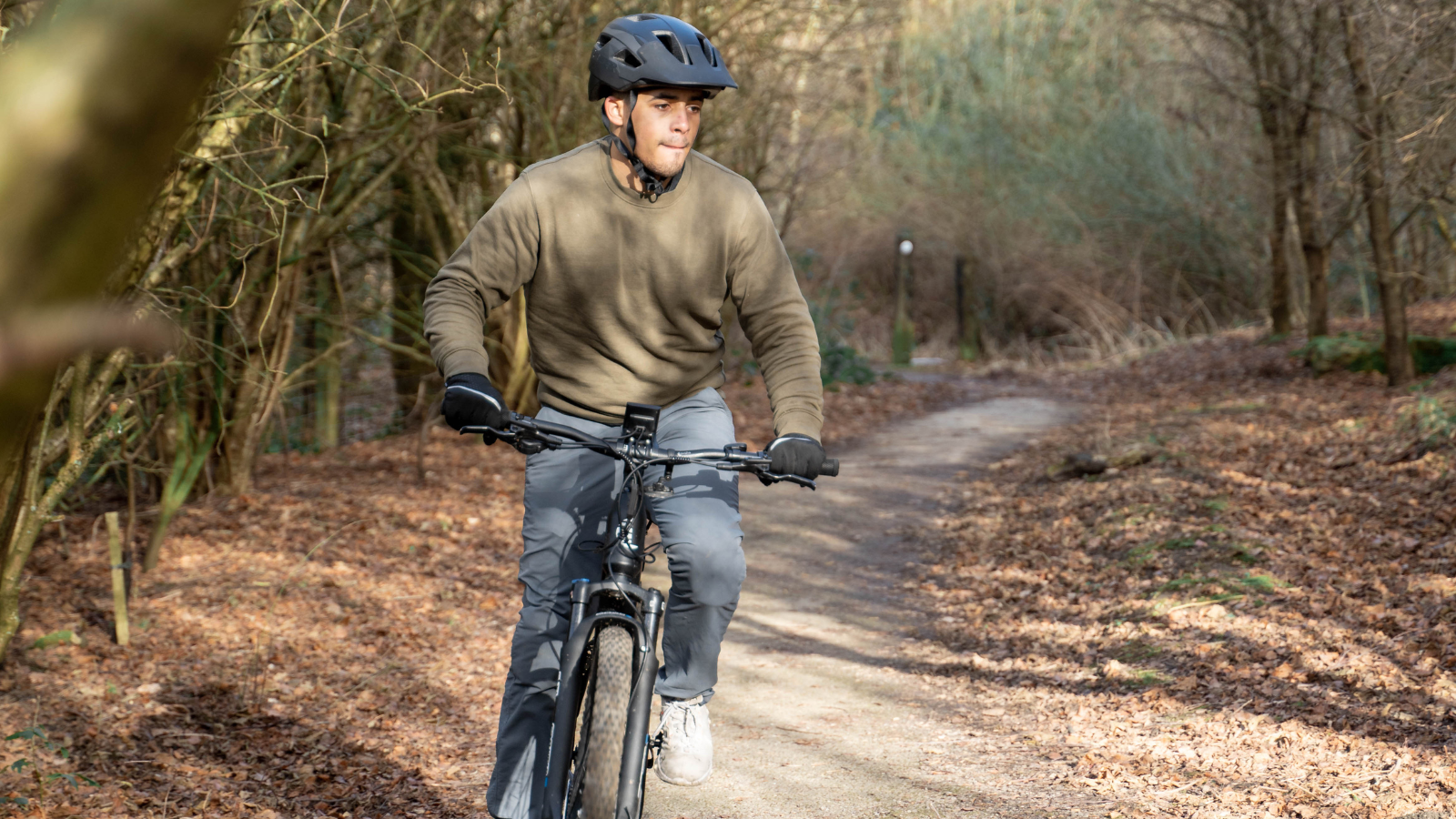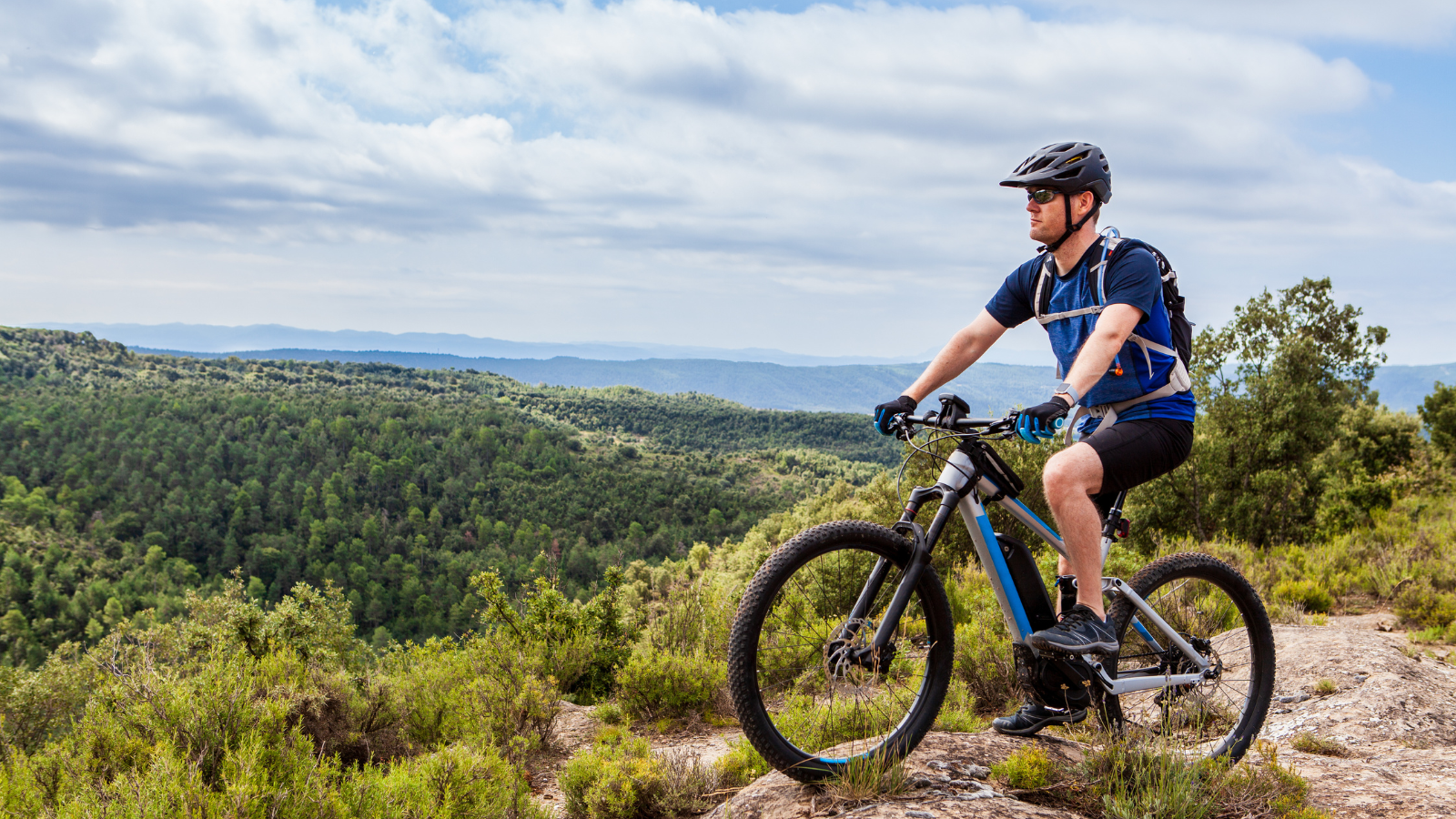Do eBikes work in winter?
When somebody makes an investment in an eBike they want reassurances that their new purchase is all-season, weatherproof and ultimately worth the money. Come rain or shine, there will be a reliance on that eBike to get them from A to B.
On this train of thought, one common question that we often answer is: ‘do eBikes work in winter?’ Of course, we aren’t being asked if the wheels will continue to turn despite a drop in temperature, but there are some very acceptable reservations that we thought we could answer in this short blog.
So let us answer that question for you.

Reservations about eBikes in winter
The first question relates to the battery. Purchasers want reassurances that the cold weather will not have a lasting negative effect on the battery that powers an eBike and give it its levels of assistance.
The second relates to the general usefulness of an eBike in common winter weather: namely rain, snow and when the ground has become icy.
Looking after your eBike battery in winter
We have a couple of recommendations to make when it comes to taking care of your eBike battery in the winter months.
If you store your eBike outdoors in a shed, shared storage facility or cold garage, it is important that you take your battery out at night and bring it inside.
Freezing temperatures will negatively affect battery range and performance. The battery capacity will significantly decrease in range, often beyond repair. eBike batteries are very sensitive to extremely low temperatures.
By taking your battery out of the frame and bringing it inside at night you can protect it from the temperature drop and provide it with the charge that it needs if you plan to use your eBike the next day.
Failure to do so will result in what we call a power drop. The capacity of your battery will be reduced, meaning you will be able to use your eBike’s assistance for a shorter distance before it runs out.

Different eBikes have different suitability for winter
Depending upon the eBike you have, you will likely feel much more comfortable about going out in the winter conditions. Let’s take our offering as an example. The Avaris 3.6 is a road eBike, meaning that it isn’t suited to deep snow and adverse weather conditions.
There are eBikes with wider, deeper tread depth tyres that offer greater suitability, all we can suggest is that each individual approaches the winter months with care and sensibility.
When it comes to taking your eBike out in winter weather, we obviously highly recommend that you avoid icy roads. Regardless of the type of bike you have, it will react to black ice in the same manner that a car does. It is not safe and you should find an alternate form of transport. Even if roads are gritted that may not be to the wider edges including the cycling lane.
The eBike is only as good as the cyclist, so wear winter clothing
To be able to ride your eBike in acceptable winter conditions you must have suitable clothing. Ensure that you have invested in waterproof outer layers, and thermal underlayers for those cold morning starts.
You can purchase waterproof covers for your shoes and helmet to keep them protected from any precipitation.

Protect your eBike against rust
Winter months are wet, your eBike is metal. Put two and two together and it’s clear that your eBike is more susceptible to rust at this time, so you need to do all you can to look after your eBike.
There are plenty of preventative products on the market to help you in this endeavour, most of which are simple sprays that you can use strategically.
Which eBike parts are susceptible to rust?
You will want to pay close attention to every spoke nibble, which is where the spoke meets the wheel. They’re constantly subjected to moisture during the winter. Then you are free to work through any exposed areas of metal.







